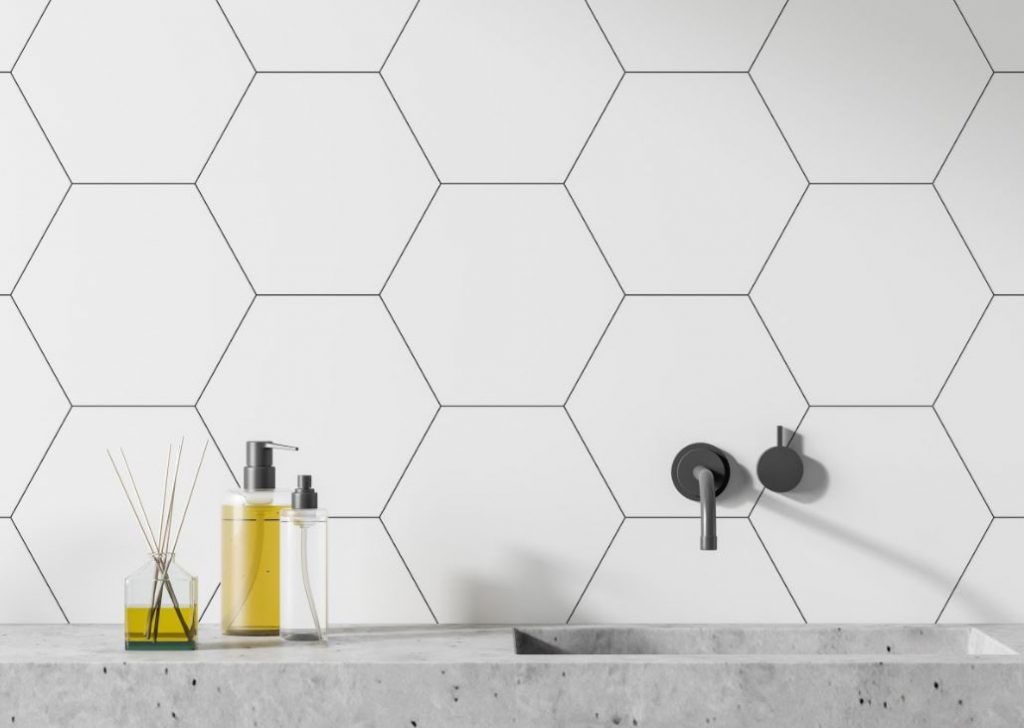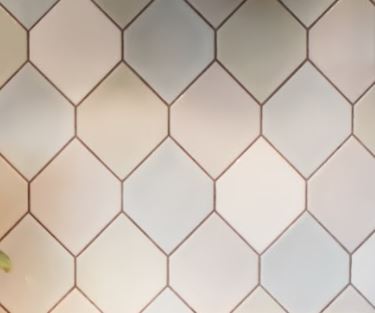5 Things To Consider When Choosing The Right Tile Grout
Guest Post by Chad Singson
If you’re planning to replace the tiles in your bath or kitchen, besides choosing the right tiles, you’ll also need to find the tile grout that perfectly fits the look you’re going for. (Tile grout refers to the paste that seals the gaps between the tiles)

Although choosing the tile grout may seem like an insignificant part of the process, your choice will have a significant impact on the overall aesthetic and durability of the tiling job.
Tiles and grout work hand in hand to make the design shine.
That’s why it’s important to equally pay attention to the grout for your tiling project. For excellent grout options, check out Ardex Tile Grout.
In this article, you’ll find a few essential things to consider when you’re choosing the grout.
Type of Grout
Cement and epoxy are the two most common types of grout.
Both these types come in sanded and un-sanded varieties.
Cement grout is easily available and doesn’t cost much.
Epoxy grout, on the other hand, is more expensive and difficult to install, but is more durable and is more resilient to damage caused by water or chemical cleaners.
When choosing between sanded or un-sanded grout, keep in mind that sanded grout is more resistant to cracks, which is why it’s used for grout lines that are wider than 2 mm.
When sealing grout, the breathable sealers are ideal for light-colored tiles, especially in high moisture areas, since they don’t darken due to moisture.
If you’re checking out alternate design options, opt for brass or stainless-steel metal inlays.
Choosing the Color
 While choosing the color of the grout, the tile design you have in mind is a crucial consideration.
While choosing the color of the grout, the tile design you have in mind is a crucial consideration.
You’ll have to decide if you want the tile and grout design to be matching, complementary, or contrasting.
-
- Matching Grout: Using a grout color that matches your tiles will produce a subtle overall effect, making the tiles look more pronounced. This can also make the place look more spacious. Matching grouts work well if you have beautiful tiles you want to showcase, while keeping the layout basic.
- Neutral Grout: Grouts in neutral colors like grey or beige work well to compliment almost all tile layouts. Neutral grouts are the safest design choice, especially when you’re going for a traditional and simple tile layout.
-
- Contrasting Grout: Grouts used in colors contrasting the tiles are best when you want to accentuate the overall tile pattern. Dark tiles with contrasting grout can make the area look busy and are great for geometric design patterns.
The Shade of the Grout
When choosing the right grout color, consider both the aesthetic and practical aspect of each option.
Darker grout color can conceal the stains, but it also tends to fade quickly.
On the other hand, a lighter grout color may get dirty quickly and can be high maintenance.
That’s why neutral grout colors like beige and grey are popular, as they are easier to clean and don’t get discolored easily.
Overall Appearance
While choosing the right tile grout, consider the overall appearance of the area.
This will help you visualize how the grout will look in terms of the overall design.
Consider the location where you’ll be placing the tiles.
Wall tiles are more ornate and may require complementary or neutral grouts to highlight the tiles, whereas darker grouts for floor tiles can work well to define the space.
The spacing of the grout will also play an important role in the overall tile design.
Narrow-spaced grouts can give a seamless, blended appearance, while, wider grouts can make the tile grout stand out.
Maintenance Required
Since light-colored grouts tend to stain easily, they require frequent cleaning.
If you’re choosing darker colors, keep in mind that dark color grouts can produce efflorescence that would also need cleaning.
It’s important to seal your grout with a breathable sealant so the grout doesn’t peel off.
Your sealed grout will also require regular cleaning for maintenance.
Conclusion
When you’re planning to tile your bathroom or kitchen, remember to also focus on getting the right tile grouts.
Tile grout is much more than just a substance that fills the space in between the tiles.
It has a significant impact on your overall design.
That’s why, it’s vital to do your research and choose the right color, material, and sealant, instead of leaving it as a last-minute purchase.
You can get a few samples and try it with your tiles before you go for the final layout, which will help you get a clear picture of how the tile grout will look in the overall design.